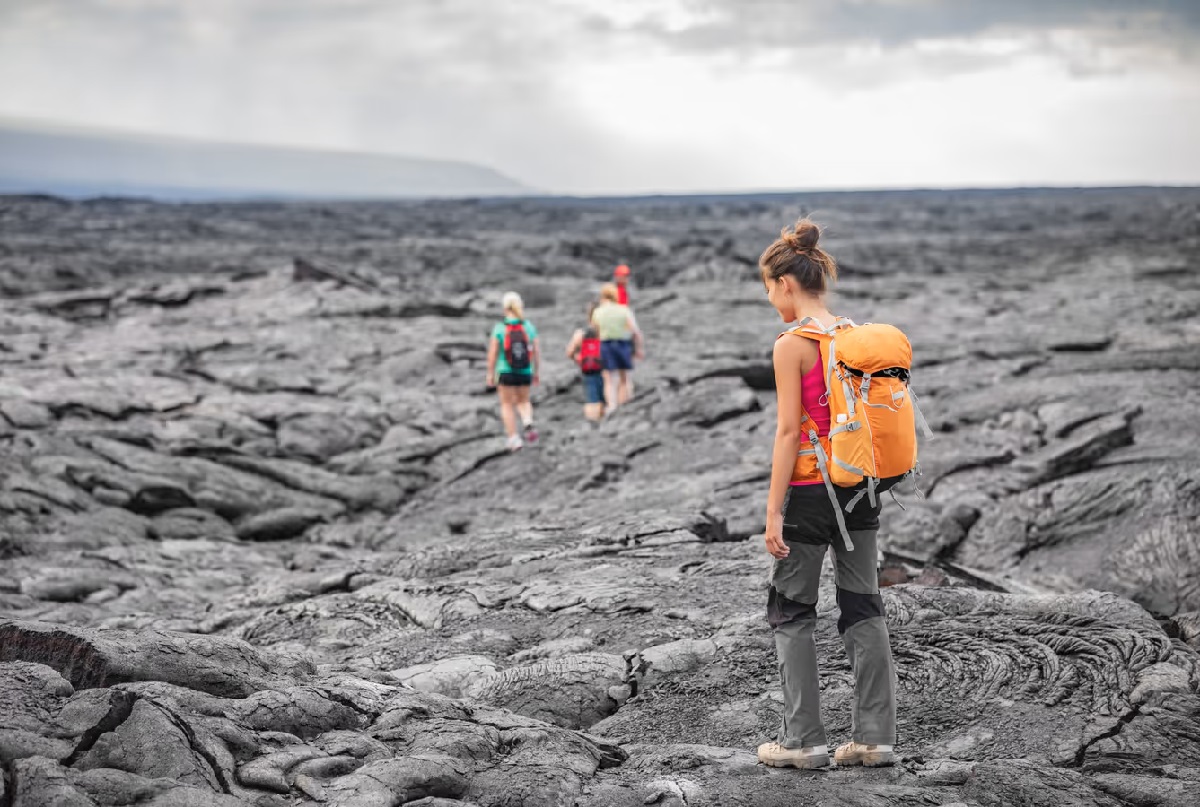
Ever wondered what makes certain places the most dangerous in the world? From war zones to natural disaster hotspots, these locations pose serious risks to those who dare to venture there. Whether it's due to political instability, extreme weather, or high crime rates, these areas are not for the faint-hearted. Understanding the dangers can help you appreciate the safety of your own surroundings and the challenges faced by people living in these perilous regions. In this blog post, we'll explore 15 facts about some of the most hazardous places on Earth, shedding light on why they are so treacherous. Buckle up for a thrilling ride through the world's most dangerous locales!
Key Takeaways:
- Some of the world's most dangerous places include volcanic hotspots, earthquake-prone regions, war zones, extreme weather areas, and regions with dangerous wildlife. These places pose significant risks due to natural disasters, conflict, extreme weather, and wildlife.
- From erupting volcanoes to deadly wildlife, the world's most dangerous places are filled with natural and human-made hazards. Whether it's earthquakes, conflict, extreme weather, or dangerous animals, these locations pose significant risks to those who venture there.
The World's Most Dangerous Places
Some places on Earth are breathtakingly beautiful but also incredibly dangerous. From natural disasters to political instability, these locations pose significant risks. Here are 15 facts about some of the world's most perilous places.
Volcanic Hotspots
Volcanoes can be both awe-inspiring and deadly. These geological formations have the power to reshape landscapes and endanger lives.
- Mount Vesuvius in Italy is one of the most dangerous volcanoes. Its eruption in AD 79 buried the cities of Pompeii and Herculaneum.
- Mount Merapi in Indonesia erupts frequently, causing significant damage and loss of life. Its name means "Mountain of Fire."
- Kilauea in Hawaii is one of the most active volcanoes. Its continuous eruptions have created new land but also destroyed homes.
Earthquake-Prone Regions
Earthquakes can strike without warning, causing widespread devastation. Certain areas are more susceptible due to tectonic activity.
- San Andreas Fault in California is a major source of earthquakes. Scientists predict a significant quake could happen at any time.
- Japan experiences frequent earthquakes due to its location on the Pacific Ring of Fire. The 2011 Tohoku earthquake caused a massive tsunami.
- Nepal is highly vulnerable to earthquakes. The 2015 quake killed nearly 9,000 people and left millions homeless.
War Zones
Conflict zones are inherently dangerous due to ongoing violence and instability. Civilians often bear the brunt of the suffering.
- Syria has been embroiled in a civil war since 2011. The conflict has resulted in hundreds of thousands of deaths and millions of refugees.
- Afghanistan remains one of the most dangerous countries due to ongoing conflict and terrorist activities.
- Yemen is facing a severe humanitarian crisis due to its ongoing civil war, with millions at risk of famine.
Extreme Weather
Some places are notorious for their extreme weather conditions, which can be life-threatening.
- Tornado Alley in the United States is prone to frequent and severe tornadoes. States like Oklahoma and Kansas are particularly affected.
- Bangladesh is highly susceptible to cyclones and flooding. Its low-lying geography makes it particularly vulnerable.
- Sahara Desert is one of the hottest places on Earth. Temperatures can reach up to 136°F (58°C), making survival difficult.
Dangerous Wildlife
Certain regions are home to deadly animals that pose significant risks to humans.
- Australia is known for its dangerous wildlife, including venomous snakes, spiders, and marine creatures like box jellyfish.
- Amazon Rainforest is home to numerous dangerous species, including jaguars, anacondas, and poison dart frogs.
- Africa's Savannah hosts dangerous animals like lions, elephants, and hippos, which can be deadly if provoked.
These facts highlight the inherent dangers in some of the world's most perilous places. Whether due to natural disasters, conflict, extreme weather, or wildlife, these locations pose significant risks to those who venture there.
Final Glimpse at Dangerous Destinations
Understanding the world's most dangerous places helps us appreciate the complexities of our planet. From Chernobyl's radioactive ruins to Mount Everest's deadly peaks, these locations remind us of nature's power and human resilience. Death Valley's extreme heat and Snake Island's venomous inhabitants highlight the importance of respecting natural boundaries.
North Sentinel Island's isolated tribe and Fukushima's nuclear aftermath show the consequences of human actions. Danakil Depression's toxic gases and Bikini Atoll's nuclear tests underscore the need for caution in exploration. Lake Natron's deadly waters and Oymyakon's freezing temperatures push the limits of survival.
These facts aren't just trivia. They offer lessons in respect, caution, and awe. Next time you hear about these places, remember the stories behind them. Stay curious, stay informed, and always respect the power of nature.
Frequently Asked Questions
Was this page helpful?
Our commitment to delivering trustworthy and engaging content is at the heart of what we do. Each fact on our site is contributed by real users like you, bringing a wealth of diverse insights and information. To ensure the highest standards of accuracy and reliability, our dedicated editors meticulously review each submission. This process guarantees that the facts we share are not only fascinating but also credible. Trust in our commitment to quality and authenticity as you explore and learn with us.
